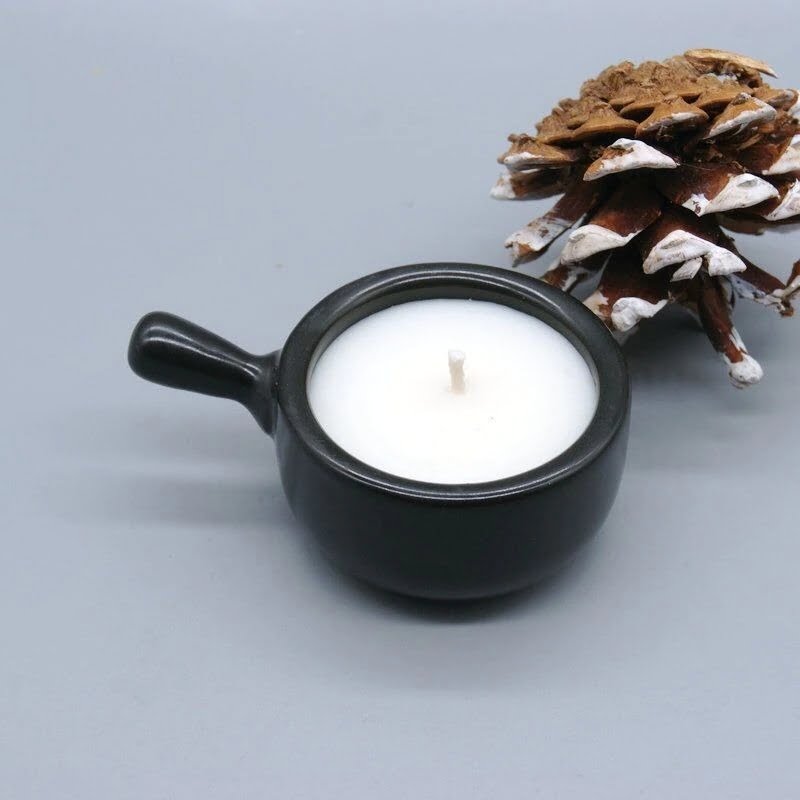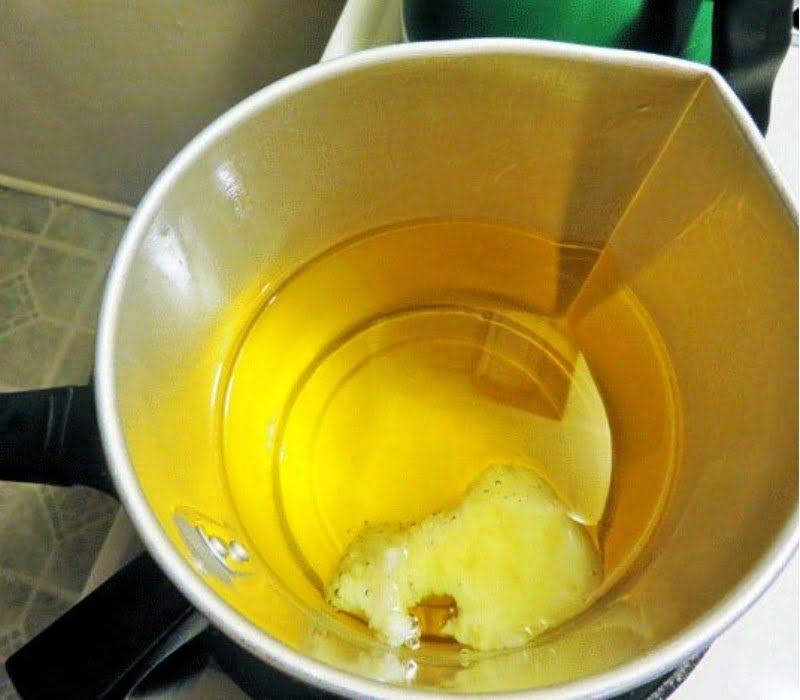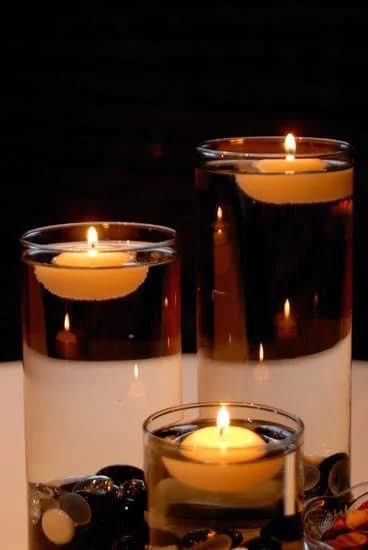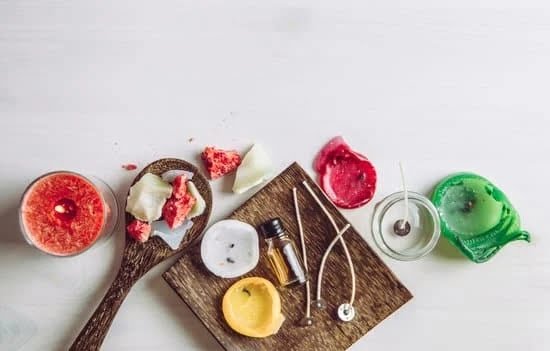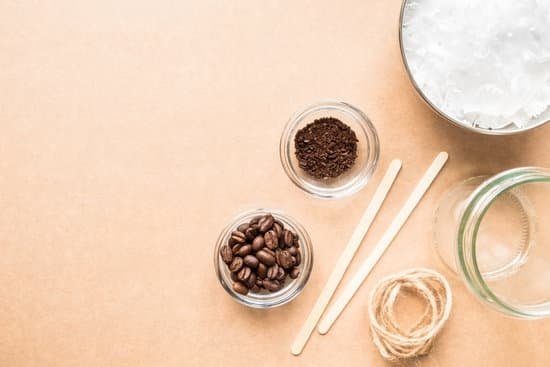Introduction
Essential oils are volatile aromatic compounds that have been used for centuries for their unique fragrances, medicinal propeties and many other applications. They are found in the seeds, flowers, leaves and bark of many plants. In candle making, essential oils can be used to create scented candles with a variety of properties. Candle makers use different types of waxes with different qualities to interact with the molecular structure of the essentail oils to produce a wide range of desired results such as scent strength and longevity.
Common questions when it comes to using essential oils in candle making include: What type of wax should I use? Which essential oils will work best for a strong fragrance? And what benefits does using essential oils offer?
The answer to those questions depends on your candle-making goals and preferences. Different types of waxes have different melting points and burn times, so you should choose a wax that will create the desired effect. Essential oil combinations make different fragrances more complex or subtle depending on the concentration used. The benefits from using essential oils in candle making may include; longer burning times, better scent throw (the ability for your candle’s scent to reach farther) and unique fragrant notes not achieved with traditional synthetic fragrance oil blends. Additionally, you may opt to use natural or organic materials such as beeswax which helps widen its market appeal as well as providing some wellness related benefits such as aromatherapy healing properties attributed to certain plant extracts through their aroma.
Different Types of Essential Oils and Their Properties
Essential oils are a great option to add attractive scents and flavors to your homemade candles. However, it is important to know which essential oils work better with certain types of wax as well as the properties that certain essential oils can have for the overall scented candle.
When selecting essential oils for your candle, it’s important to consider the specific properties of each formula and how different combinations of oils can create unique blends and fragrances. Essential oils come in a variety of shapes and sizes, from the ever popular Lavender oil to more exotic formulas like Ylang Ylang or Vetiver. Following is an overview of some commonly used essential oils for making candles:
Lavender oil has calming properties, makes for a wonderful all-around scent, and is usually combined with citrus top notes such as bergamot or lemon balm.
Cinnamon oil adds a vibrant spicy note with just a touch of warmth and depth. It is typically paired with woody or stimulating spice bases such as clove or eucalyptus.
Ylang Ylang offers an incredibly sweet aroma when burned, perfect for those looking for an enchanting aroma without too much complexity. It blends nicely with other floral notes such as jasmine and rose Geranium, resulting in a sweet yet refreshing scent blend.
Vetiver oil has been described as having earthy tones with its distinctively smoky scent. Due to its more intense profile compared to other essential oils, it should be used sparingly when being combined with other fragrances such as bergamot or frankincense in order to create subtle top notes that won’t overpower the primary smell you’re aiming for in your candle design.
Sandalwood oil has its own distinctive musky perfume that has become quite popular recently due to its warm embrace on colder evenings – perfect if you’re looking for something soft yet sophisticated. By combining sandalwood with either Lavender or Geranium, you can make balanced yet pleasing scents that everyone will enjoy!
Finally, Tea Tree oil can add an herbal finish while still maintaining an elegant edge within your candles ” it’s pleasantly astringent smell works best blended with florals like lavender to make complex but delightful aromas that also help repel insects away!
Evaluating the Appropriate Essential Oils for Candle Making
Before selecting essential oils for candle making, it is important to evaluate the needs and preferences of the individual who will be using the finished product. Having a thorough understanding of the user’s desired scent profile can help ensure that the correct essential oils are chosen for the most satisfactory outcome. After identifying what type of scent formulation you will be utilizing, think about whether you would like to opt for specialized essential oils such as floral or woodsy aromas. Additionally, consider if using a combination of different essential oils is desired; this is a great way to create unique and dynamic scents. Furthermore, it’s important to note that any plant oil used in candle making must be heat-stabilized beforehand due to its potential risk of developing soot during combustion from when exposed to high temperatures. Check in with yourself on burning times and how long you need your candles to stay lit – this is another factor that should be taken into account when deciding on essential oils for your candles. Together with evaluating scents and being mindful of burn duration times, staying aware of cost related variations may also help decide which essential oils are best suited for candle making.
Combining Aromas for a Powerful Scent
Essential oils are one of the most popular ways to create powerful aromas for candle making. By using different combinations of essential oils, you can create your own signature scent that will fill a space with pleasant aromas and flavoring. The key is identifying which essential oils work best together and in what quantities. Since essential oils are volatile in nature, it’s important to choose ones that are complementary so the scent carries well over a long period of time without dissipating. For starters, many find citrus-based scents pair well with floral notes like geranium or lavender for a more invigorating aroma – perfect for reviving areas around the home or workplace. Similarly, herbal oils such as basil and sage team up nicely with citrus fruits to make an aromatic blend. White flowers like jasmine blended with woodsy items like cedarwood and juniper creates a calm feeling instead ” perfect for relaxing after a long day. For those looking for fragrances that tend to linger longer than others, add patchouli oil to any combination which will help extend the scent release life sans diminishing any aroma power along the way. Customizing a candle’s scent is quite enjoyable once you get familiar with various essential oil combinations available!
Precisely Measuring and Blending Essential Oils for Optimal Results
A crucial part of the candle making process is measuring and blending essential oils for optimal results. This will help you get the best result from your candles. When blending scents, it’s important to weigh or measure out the correct amount of each ingredient for an even distribution of scent.
When measuring or weighing as a general rule a drop of essential oil is equal to roughly 0.025 grams (25 milligrams). Therefore, if a candle recipe requires 25 drops of essential oil in wax, this would equate to 0.625 grams (625 milligrams). Blending multiple essential oils together can be more difficult so it pays to use high-grade digital scales which give you an accurate weight measurement in increments as low as one milligram and ensure that you’re using the right amounts for your candle blend. Additionally, when handling any essential oils, it’s important that they do not come into contact with each other until being blended with the base wax material – this should prevent any risk of chemical reaction. Different combinations of recipes may require different measurements so always take your time and research the measurements per type carefully before mixing ingredients together; this will help achieve a well-balanced scent to your final product.
Effectively Utilizing Essential Oils in Candle Making
Using essential oils in candle making is an easy and effective way to create beautiful and fragrant candles. Creating candles with essential oils has been practiced by candle makers since ancient times, as these powerful oils provide an array of benefits ranging from gentleness on the skin to therapeutic properties.
When using essential oils in your candle making process, it is important to understand the type of wax or blend of waxes you are using. Certain waxes are better suited for particular types of essential oil than others. For instance, beeswax is one of the most popular options due to its natural scent and ability to hold fragrance easily. Soy wax is another type beloved by many for its vegan properties as well as its flexibility when it comes to holding scent. Once you have selected your wax, focusing on the correct ratios for blending fragrance can be just as important. Too much or too little oil added can significantly alter the final result of your candle’s smell, making it either too strong or too light. Experimenting with the ratios until you find a combination that suits your preference is encouraged and will help you find just the perfect scent notes for your home or for gifting another special someone!
Finally, once you’ve built a successful blending ratio experiment with other kinds of blends until you settle into that perfect mix uniquely tailored to what you were looking for in a particular aroma profile. Combining diffrent types of essential oils such as ylang ylang and bergamot creates a warm floral-citrus combination which can often offer unique aromas like no other mixture. Finding balanced combinations between different genres such as spruce, green tea and jasmine flowers may add divine nuances in your fragrance blend!
Rules of Safety When Working with Essential Oils
When working with essential oils, it is important to follow the rules of safety to ensure that you are using the oils properly and safely.
Before getting started with your essential oil preparations, be sure to check labels for any warnings about usage or additional safety measures that need to be taken. Some essential oils can cause irritation or other issues if used in excess or without being properly diluted. Additionally, some essential oils should be kept out of reach of children and pets.
Be sure to wear protective clothing when working with strong scented essential oils as they may irritate your skin or eyes. This might include wearing safety goggles, gloves, a respirator mask, and protective clothing when handling concentrated amounts of an oil undiluted. When dealing with hot waxes and mixtures heated over a candle flame, use heat protective tools such as potholders or tongs to prevent burns from the molten wax. Furthermore, make sure to work in a ventilated area whenever possible as extended exposure to strong odors can have adverse effects on your health.
Lastly, make sure all containers used while working with essential oils are labeled properly so they will not be confused with items meant for food consumption.
Conclusion
Ultimately, the value of using essential oils for candle making is clear. The use of strong and therapeutic fragrances created by essential oils provides you with a way to add pleasing, aromatic scents to your home while also enjoying the benefits of aromatherapy. And because there are so many essential oil options available, you can customize your own candles with whatever fragrances suit your mood or needs best. In addition, the process of making scent-infused candles at home can be an incredibly rewarding hobby with excellent, long-lasting results. With all these benefits in mind, it’s easy to see why essential oils are a great choice for adding fragrance and beauty to DIY candles.

Welcome to my candle making blog! In this blog, I will be sharing my tips and tricks for making candles. I will also be sharing some of my favorite recipes.

